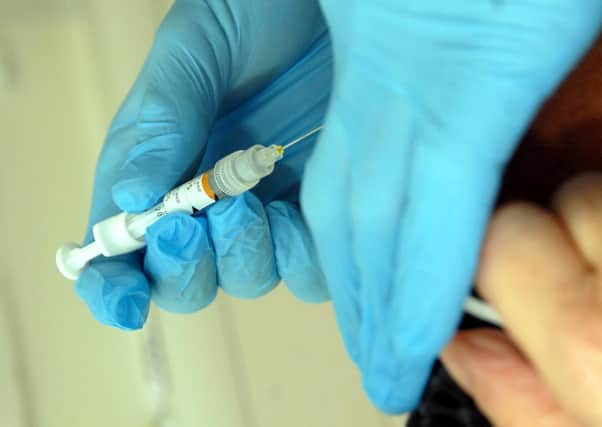Doctor’s Casebook by Dr Keith Souter – Why some Covid-19 vaccines will need ultra-cold storage


The efficacy of the various vaccines that will be used all seem very promising, although there will be a delay with the Oxford-Astra Zeneca one as additional trials are needed before its results are fully established.
The Pfizer vaccine, the first one that was announced will pose a logistic challenge in its distribution, since it has to be kept at a very low temperature of –70° Celsius.
Advertisement
Hide AdAdvertisement
Hide AdThis will require special storage freezers and shipping containers. A similar vaccine developed by Moderna also requires freezing, albeit at not as low a temperature as the Pfizer.
The reason they both need cold storage is because they are of a new type of vaccine and low temperature is needed to stop them breaking down and becoming inactive.
These are messenger RNA, or mRNA vaccines.
They will work by carrying instructions to the cells for building copies of the coronavirus spike protein.
This will prime the immune system so that it is ready to attack and neutralise the virus if the person becomes exposed to it.
Advertisement
Hide AdAdvertisement
Hide AdThere are two types of nucleic acid in cells, DNA and RNA. They are different chemically and have different functions.
DNA consists of two long molecular strands twined together, whereas RNA is a single strand.
DNA is like the cell’s instruction book. It is long lasting and stable.
RNA is a short-lasting copy of bits of its information.
Once it has delivered its message in the cell to make proteins or to fire chemical reactions it is broken down by special enzymes.
Advertisement
Hide AdAdvertisement
Hide AdRNA is less stable and more fragile than DNA. This is because of a difference in the sugars that make up the molecules’ basic structure.
The spine of RNA is a sugar called ribose, while DNA’s sugar is deoxyribose.
DNA can last for generations, whereas RNA is transient, and after it has delivered its message it self-destructs through the enzymatic reaction.
The enzymes that break down the RNA are stuck to it, but are unable to function at these low cold storage temperatures.
Hence he injected vaccine will be able to deliver the RNA message to produce the immune reaction